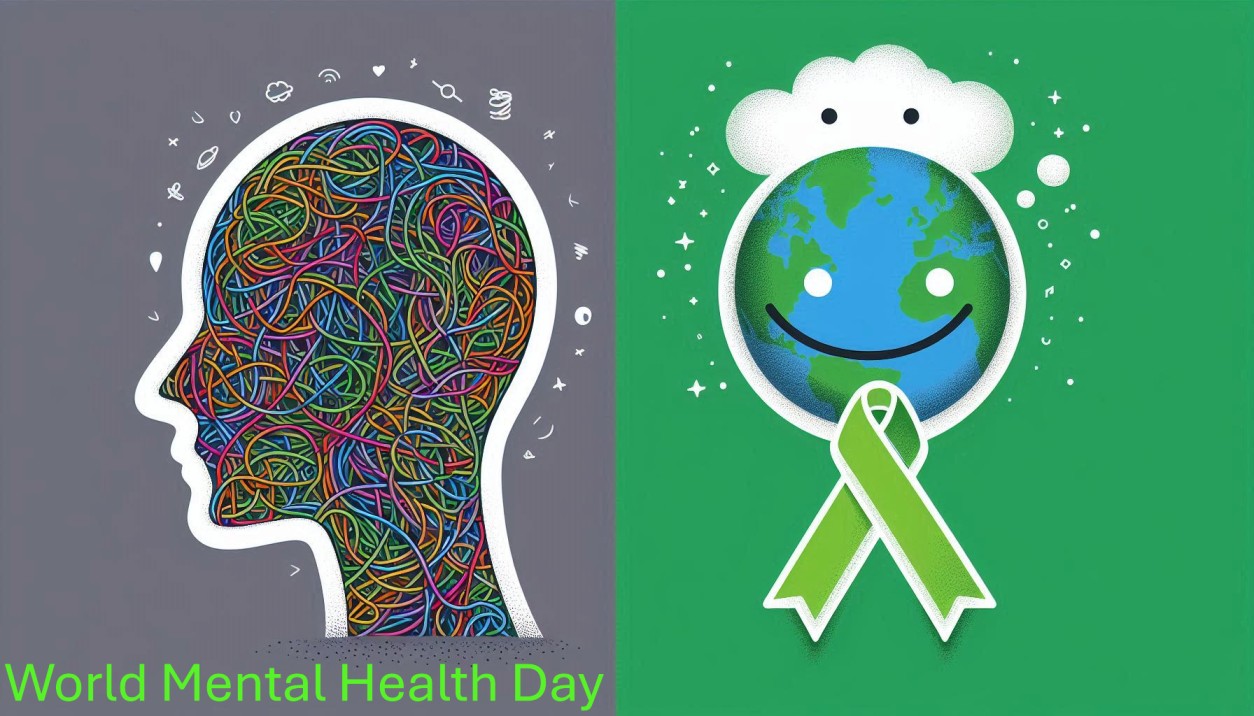Burnout has become a critical issue in today’s fast-paced work environment. Emily, a finance manager, exemplifies this challenge. After months of working 60-hour weeks to meet stringent deadlines, Emily feels perpetually drained—both mentally and physically. Tasks she once found stimulating now seem insurmountable, and her patience with colleagues wears thin. Despite working longer hours, her productivity plummets. Eventually, she starts calling in sick frequently and contemplates leaving her job altogether, feeling utterly incapable of continuing. Emily’s experience highlights the growing problem of burnout in the workplace.
What is Burnout?
Burnout is a state of emotional, physical, and mental exhaustion caused by prolonged work stress. When work demands remain high over extended periods, without enough recovery or support, employees like Emily become vulnerable to burnout. This condition is marked by energy depletion, cynicism towards one’s job, and a noticeable decline in performance. Those affected by burnout often find themselves disengaged, unable to perform tasks at their usual level of competence or enthusiasm.
The Focus of World Mental Health Day 2024: Workplace Wellbeing
In 2024, World Mental Health Day aims to address the pressing issue of workplace mental health, emphasizing how employees can recognize when work is adversely affecting their wellbeing and take proactive steps to manage it. Understanding burnout, its causes, and solutions is critical for both individuals and organizations striving to create healthier work environments.
The Causes of Burnout: Prolonged Job Demands and Insufficient Resources
Burnout arises when job demands outweigh available resources for an extended period. Key contributors to burnout include:
- Heavy workloads
- Job insecurity
- Role ambiguity
- Internal conflicts
- Unrelenting pressure
According to research by Mental Health UK, burnout is on the rise. A staggering 91% of adults surveyed reported experiencing extreme stress in the last year, with 20% taking time off due to poor mental health. This issue doesn’t just affect individuals—it also impacts businesses, leading to reduced productivity, increased absenteeism, and high employee turnover.
The Impact of Burnout on Health and Job Performance
Burnout can have severe health consequences, even for those experiencing mild cases. Left unchecked, burnout may lead to:
- Work-related anxiety and depression
- Increased risk of cardiovascular diseases
- Type 2 diabetes
- Insomnia
- Chronic headaches
- Increased mortality rates
The consequences don’t stop there. Burnout also results in diminished creativity and performance, making it a costly issue for organizations that fail to address it.
Recognizing the Symptoms of Burnout
Recognizing burnout early can be challenging. Symptoms vary but often include:
- Persistent fatigue, even before starting the workday
- Emotional exhaustion during work hours
- Cynicism and detachment from tasks
- Decreased job satisfaction
- Self-doubt and feelings of incompetence
If you find yourself dreading work, feeling physically unwell at the thought of tasks, or emotionally depleted at the end of the day, you may be experiencing burnout. These warning signs indicate the need for immediate intervention.
Preventing Burnout: Balancing Job Demands with Resources
Preventing and recovering from burnout starts by addressing the imbalance between job demands and resources. Here are effective strategies to combat burnout:
- Reduce workload and job pressure – Cutting down excessive tasks and setting clear boundaries between work and personal time can help alleviate stress.
- Enhance job resources – Improving workplace conditions by increasing autonomy, providing social support, and fostering professional development can significantly reduce burnout risks.
- Promote work-life balance – Establishing clear boundaries between professional and personal life is essential. Employers should encourage time off and ensure employees have opportunities to relax and recharge.
The Role of Recovery in Burnout Prevention
One of the most vital elements in preventing burnout is recovery. Recovery doesn’t just mean taking time off; it involves engaging in activities that promote relaxation and mental detachment from work. Employees should be encouraged to participate in hobbies, physical exercise, and leisure activities that bring joy without competitive pressure. These moments of respite are critical for replenishing energy and maintaining mental resilience.
Job Crafting: A Powerful Tool for Preventing Burnout
Job crafting is an increasingly popular strategy in the fight against burnout. This approach involves making small, meaningful changes to both job demands and resources. Employees can take steps such as:
- Minimizing emotionally or physically taxing tasks
- Reducing their workload by focusing on high-priority items
- Seeking more autonomy and control over their tasks
- Engaging in professional development to boost confidence and skills
Over time, job crafting can lead to a significant reduction in burnout, as employees regain control over their work environment and find ways to make their roles more fulfilling.
The Organizational Role in Burnout Prevention
While individual efforts are essential, organizations also play a critical role in reducing burnout. Employers can implement various intervention strategies, such as:
- Stress management training
- Mindfulness programs
- Policies that allow employees to disconnect from work after hours
These strategies not only improve employee wellbeing but also enhance overall productivity and job satisfaction.
Final Thoughts on Combating Burnout in 2024 and Beyond
As we move into 2024, it’s clear that burnout is an escalating issue that requires immediate attention. Both individuals and organizations must prioritize mental health in the workplace. By recognizing the signs of burnout, balancing job demands with adequate resources, and implementing recovery and job crafting strategies, we can foster healthier work environments and improve overall employee wellbeing.
If you or your organization are facing burnout challenges, taking proactive steps today can lead to a healthier, more productive tomorrow.
